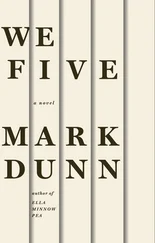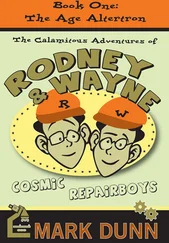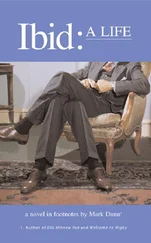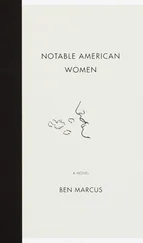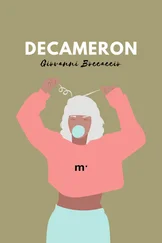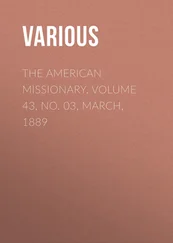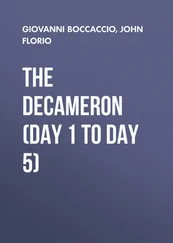“Almost fifty years,” said Erin.
“And where is he now — is he already in the nursing home?”
“As of a couple of weeks ago,” offered Jeremy, coming in from the kitchen, a cup of coffee in each hand.
“Thank you, Jeremy,” said Erin to her brother, taking a cup. “So Mrs. — I mean, Natalia, how do you think we’ll do?”
“Well, I’ve kept my fee down to twenty percent. That helps. But the fact that the sale will appeal mostly to collectors of Roy Rogers memorabilia—”
“Serious collectors.”
“True. It is limiting. On the other hand — and I’m definitely an ‘other hand’ sort of person — I’ve advertised all over this end of the state. And I’ll bet you there will be some Roy Rogers and Dale Evans fans who’ll get wind of it from as far away as Nebraska and Minnesota, so we’ll just cross our fingers for a good turnout. May I ask: is the collection complete?”
“Complete in what way?” asked Jeremy, who was now sipping from his own cup of coffee.
“Roy Rogers was famous for putting his name on everything. Nobody branded more merchandise in his heyday except Disney. Still, there are a finite variety of items that Rogers collectors are able to get their hands on. Did your grandfather tell you if he’d acquired them all?”
Erin shrugged.
Jeremy picked up a cowboy hat with Roy Rogers’ name stitched across the hatband and put it on. “I wouldn’t be surprised.”
“Is that the only hat?” asked Natalia, pulling out her list.
“Hell no,” replied Jeremy.
Erin added, “There are at least a dozen more in the den.”
“Oh, goodness,” said Natalia Richman, with a slightly avaricious simper.
By sunup there was an orderly line of early-bird customers stretched down the front walk. Cars were continuing to pull onto the street. Mitchell, South Dakota, wasn’t a very big town. These people came from other places. Word was out; this had the makings of a good sale.
Natalia Richman understood people. She understood their totemic relationship to things. She also understood how much people of a certain age loved Roy Rogers and his wife, Dale Evans, and Roy’s horse, Trigger, and his German Shepherd, Bullet. And yet their popularity didn’t last forever. When ABC decided to give Roy and Dale their own comedy-western-variety show in the fall of 1962 (called, naturally, The Roy Rogers and Dale Evans Show ), they got clobbered in the ratings by Jackie Gleason and were promptly cancelled — probably because all of Roy’s kid-followers had grown up and were busy raising kids of their own, kids who didn’t get Roy Rogers. Roy and Dale weren’t necessarily has-beens. There was still enormous affection for them throughout the country. But for a long while nobody was buying Roy Rogers — approved neckties and frontier shirts and kerchiefs and board games and trick lassos anymore.
It was different now. Now Roy Rogers and Dale Evans, both still living on their ranch in Apple Valley, California, were nostalgic . Nostalgia was a good thing for someone like Natalia Richman. A Long Island native in her late forties, Natalia had moved to Sioux Falls with her husband ten years earlier, and, now divorced, was still plying her trade running estate sales and an antique store in Yankton, and actually making a decent living at it.
“Shall we admit the hordes?” she asked Erin and Jeremy.
Both siblings nodded.
“And may I say,” said Natalia, going to unlock the front door, “how much I admire the two of you for taking care of your grandfather’s estate for him. I should be so lucky to have grandkids like you.”
“Thanks,” said Jeremy. “But we’re a little mercenary. He’s giving us a percentage.”
Natalia’s hand rested on the doorknob but she didn’t open the door just yet. “How did he feel, if you don’t mind me asking, about getting rid of his collection? I find that people as acquisitive as your grandfather are sometimes reluctant to let go of even a few items, much less their entire collection.”
Jeremy looked at his sister, who answered for the both of them: “His mind was going — to put it bluntly. We let him take a few things with him to the rest home. As far as he knows, he’s got everything right there with him.”
Natalia squinted at the two, perplexed. “But you just said he was giving you a percentage.”
“Oh. Well—” Jeremy turned to his sister.
“That was during one of his more lucid moments,” explained Erin. “You know how it is with people our grandfather’s age: perfectly rational and coherent one moment and totally out of it the next.” Erin swallowed. “Don’t you think you should let all those people in? It’s past time.”
Natalia opened the door. There were at least twenty men and women and a couple of children, who now rushed into the room. Their eager entrance was suggestive of a big department store sale, but obviously played out on a slightly smaller scale.
“Please be careful,” Natalia had to say to one man right off the bat. He was shaking a Roy Rogers boot bank, apparently trying to discover if there were any coins still left inside.
The memorabilia had been distributed throughout three different rooms. Natalia, Erin, and Jeremy each took a different room so they could keep a close eye on the customers and answer any questions.
“Are these their real autographs?” an overweight, middle-aged woman asked Natalia. The woman was holding an inscribed color photograph of Roy and Dale posed behind a rustic fence railing, each gazing lovingly into the eyes of the other. Both wore excessively fringed Western shirts and colorful kerchiefs around their necks.
“Since they’ve personalized their sentiments to someone named Patrick, I’d say these are their original signatures.” Natalia remembered that the old man’s first name was Tyler. Perhaps he bought the picture from someone named Patrick.
“I was only asking,” said the woman, clutching the framed photo, “because, as you can see, Roy Rogers’ name is on everything in this house. It’s hard to tell what’s a real signature and what isn’t.”
The man standing next to the woman, who did not seem to know her, volunteered an opinion: “Whether it’s a real signature or a printed one, it doesn’t much matter. Roy and Dale are notorious for signing anything you shove in their face. They’re real autographing sluts that way.”
“That was rude,” said the woman to the man.
“I’m just saying, don’t let this woman charge you too much for something just because it’s been autographed.” Then the man turned to Natalia and held up a Roy Rogers rodeo lamp — the kind you’d put next to a kid’s bed. “How much for the lamp?”
With a straight face, Natalia replied, “Ten thousand dollars.”
At eight o’clock, Erin’s friend Betsy came to help out. Betsy was blond and very pretty and lit up the room with her smile, like Mary Tyler Moore.
With Betsy now helping out, Natalia was able to turn the living room over to Erin and let Betsy have the den, and then Natalia moved to the kitchen, where she set herself up at the table with the cash box and the receipt book. This was easier than trying to transact business in a more roving fashion. So far, business had been much better than she expected. Usually the die-hards would come early. After that there would be a lull. The rest of the day would bring a trickle of dilettante collectors and curious locals and those hoping to find something for sale that didn’t necessarily have to do with the overriding theme of the collection. Not today. Today there was a good, steady stream of serious customers.
Natalia totaled up a large purchase from a man who had been in the house since she first opened the door. He was pulling a Roy Rogers “chuck wagon,” which was a little red wagon fitted up to look like a miniature Conestoga. The man had filled it with Roy Rogers authorized apparel: boots and “bootsters,” socks, spurs and cuffs, a rodeo suit and frontier shirt, all imprinted with the same familiar Roy Rogers signature, and one of several different images of Roy mounted on Trigger. The man was also set to purchase a Roy Rogers children’s paint set in mint condition, a Roy Rogers harmonica, and Roy Rogers authorized binoculars. He mostly accepted the prices Natalia had scribbled on the tags, but now and then would haggle a little, and Natalia would haggle a little in return until the two had reached an amicable agreement.
Читать дальше


